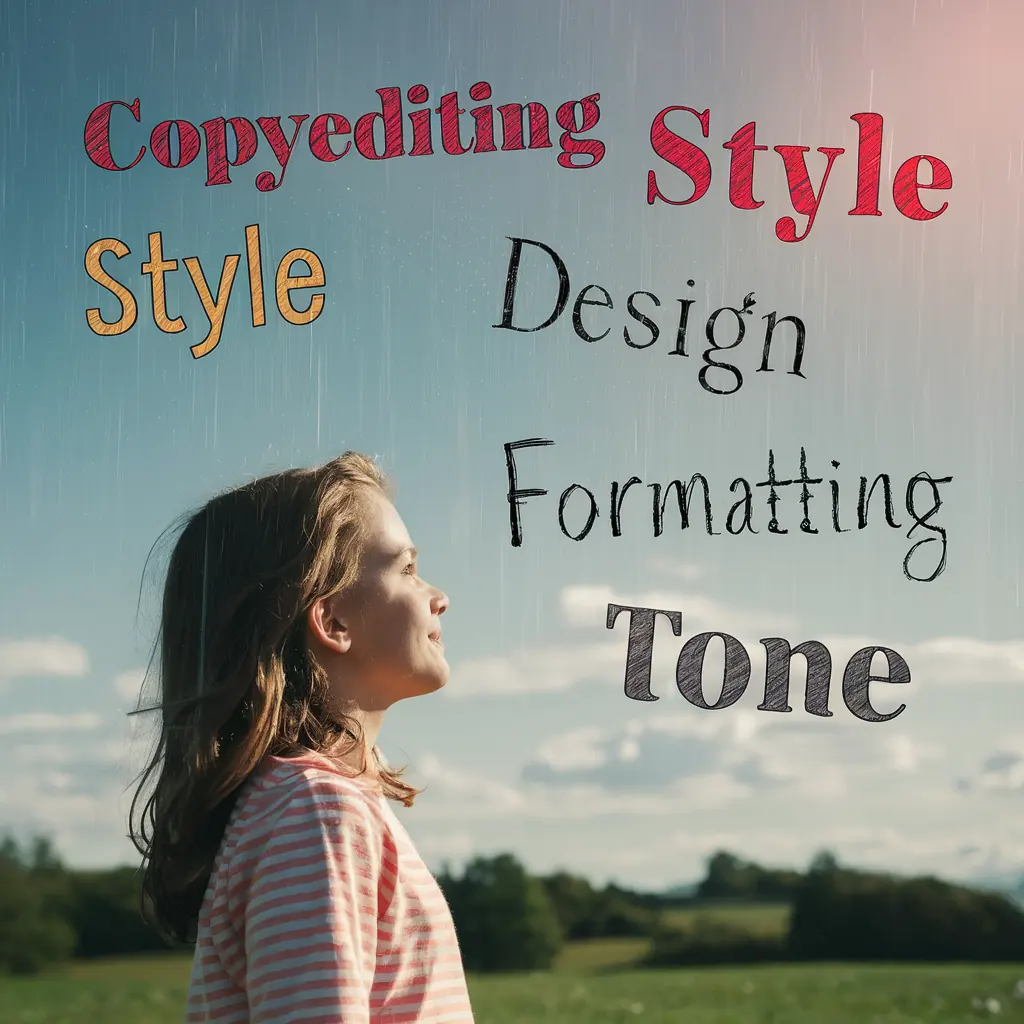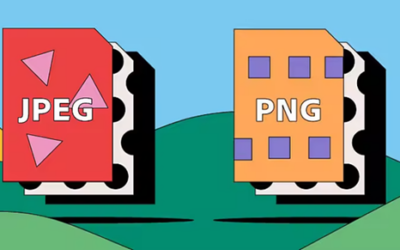Diving into work for a new copy editing client is always an exciting time for any editor—but it can also be an intimidating one. And it doesn’t help when you’re trying to wrap your mind around a 10-page style guide you’ve never seen before!

But here’s the good news: once you’ve gathered enough experience in the publishing and copy editing fields, it becomes much easier to pick up on what’s important to look up in a style guide—whether a generic style guide or a particular brand style guide, such as APA or Chicago—no matter who the client might be or what kind of project you’re working with!
That’s why, regardless of the project or client at hand, there are 7 key categories every copy editor should immediately search for in any style guide upon receiving his or her first project for a particular client.
Style Guide Strategies
1. Styling of titles and headings: Some projects will use title case for headings, while others will use sentence case. Meanwhile, in terms of formatting, sometimes bold is the way to go, but in other cases, italic might be the preference. If multiple levels of headings exist in a single document, the formatting of those headings may very well change. All of this means that headings should be among the first items any copy editor looks up in a style guide—properly organizing those headings will be a crucial early step in effectively copy editing the entire document. (Source: https://gathercontent.com/blog/how-to-make-a-style-guide-that-people-will-actually-use)
2. Table headings and Figure captions: By adhering to established standards—which is particularly important in academic, scientific, or technical writing—a style guide ensures that table headings and figure captions are presented clearly and uniformly throughout a document or across multiple chapters within a book. This consistency makes it easier for readers to quickly understand the content and context of tables and figures. [AB1]
3. Numbers, numerals, measurements, and operators: When should numbers be spelled out in word form, and when should they instead be written in numerical form? Should spaces be placed around operators? Which units of measurement should be spelled out, versus when should abbreviations be used for them? These are all crucial questions to ask yourself—and to seek answers for in a project style guide—before beginning any copy editing project (particularly if it’s for a scientific publication, but for other types of publications, too). (Source: https://www.bkacontent.com/what-is-a-style-guide/)
4. Reference formatting: Reference listings have an alphabet soup of different possible formats: AMA, AP, APA, Chicago—the list goes on and on. And, to add an extra layer of complexity, some formats even have multiple editions! This is why it’s so important to get a grasp, early on, of what kind of reference formatting should be used for any copy editing project. Seek this information in the style guide as soon as possible—and, if available, study any examples of reference listings the client has provided, just in case there are any exceptions to the reference style’s general rule. (Sources: https://thewritelife.com/writing-style-guide/; https://www.grammarly.com/blog/style-guide/)
5. Abbreviations and acronyms: This is, arguably, the most critical element in any copy editing undertaking. Although some clients prefer abbreviations to be used only if the phrase appears at least three times in an article, others consider it best practice to not use abbreviations or acronyms at all (particularly in certain places, such as titles or headings). On the other hand, some abbreviations/acronyms are considered common enough to use no matter what, even on first reference—but depending on the publication and audience, that list will vary considerably.
Other considerations include industry-specific jargon, knowing when and how to use abbreviations and acronyms to avoid unnecessary confusion, and maintaining a professional tone. Editors must be vigilant, especially in policy documents, medical publications, and engineering reports, where there is potential for a high density of abbreviated terms. Mastering the guide’s directions on abbreviations also aids in improving the document’s searchability, enhancing user experience by cutting down on cumbersome repetitions while preserving clarity standards. Preventing misuse of abbreviations entails thorough familiarization with client preferences, often detailed in nuanced subsections of their style guides.
So, the client’s policies about acronyms and abbreviations must be first on your to-do list of items to study before taking the plunge into the project. (Source: https://www.bkacontent.com/what-is-a-style-guide/)
6. List formatting: There is no one “right” way to style a list. It might use numbers, or it might use bullets. The first word of each point could be capitalized, or it could be lowercase—or, it could be some of both, depending on whether the point is a complete sentence. Punctuation will also vary (if any punctuation is even used at all), with some clients preferring each point to end with a semicolon, while others prefer a period. Any thorough style guide will include this information—and any diligent copy editor will immediately seek it. (Source: https://zapier.com/blog/style-guide/)
7. Tone and language consistency: One of the subtler—but equally important—aspects of copy editing is maintaining consistency in tone and language throughout a document. Varied tones can inadvertently skew the reader’s perception of the material’s intent, leading to misinterpretations. Language consistency pertains not only to vocabulary choices but also to tense and point of view. For instance, if a document begins in a formal tone and shifts to a conversational tone midway through, it could confuse or alienate the audience. Therefore, aligning with the client’s preferred tone—whether formal, neutral, or informal—is paramount.
Obviously, every project is different, which means it’s critical to look through each individual style guide for any client-specific information. So, it’s best practice to spend about half an hour skimming any style guide before working on any client’s project for the first time. Nevertheless, keeping the aforementioned tips and tricks in mind will allow any project, irrespective of the client, to be much less scary in the early stages—and seamlessly flow in no time!
By: Anne Brenner
Anne is an Assistant Managing Editor at Technica Editorial




